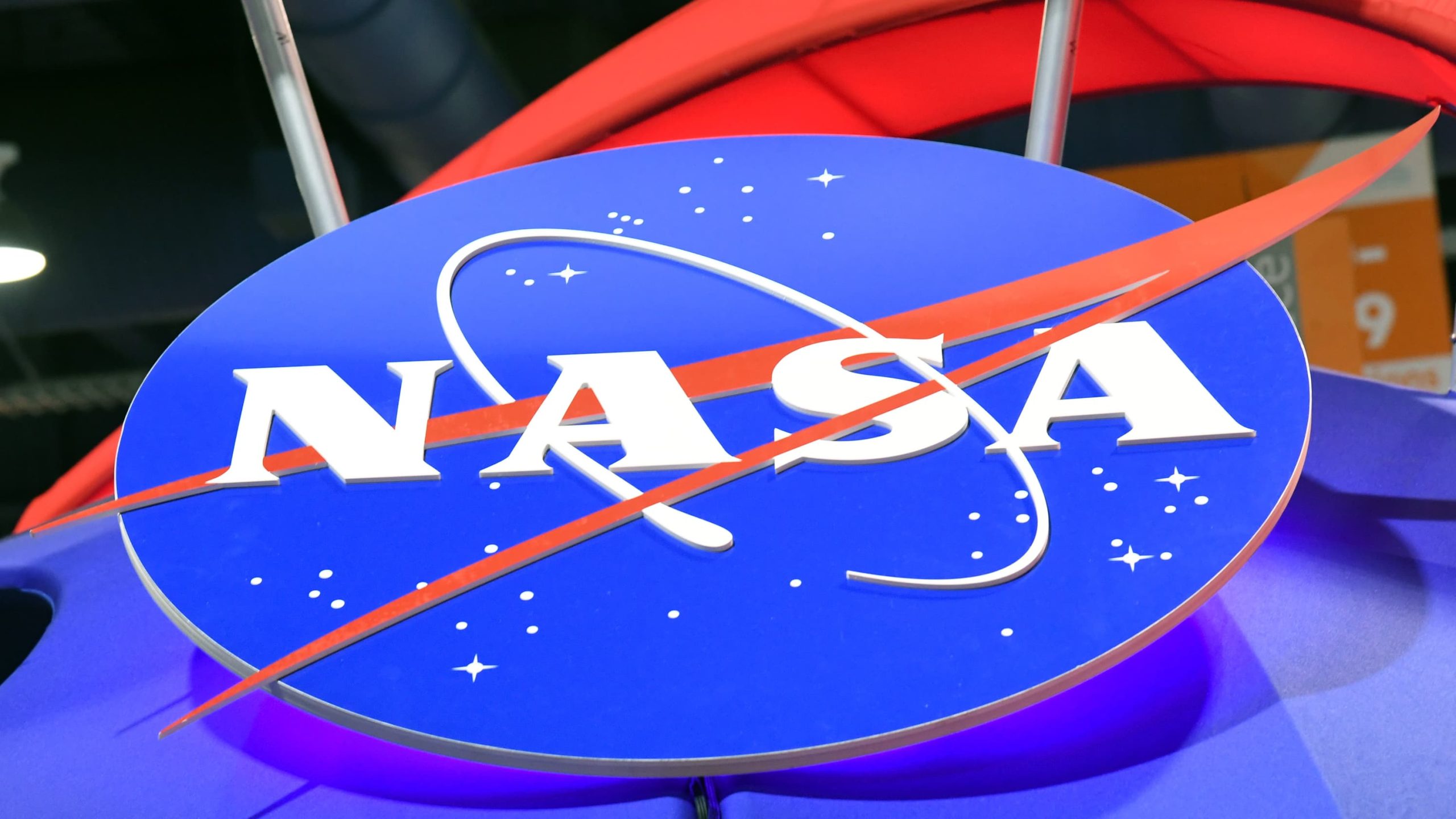30 tubes with samples collected by the Perseverance rover are to be delivered to Earth. Experts estimate that the total cost could potentially reach $11 billion.
Even in space, time is saving: NASA is looking for ways to bring rocks from Mars back to Earth faster and cheaper, the US space agency announced this Monday, April 16, after criticism of its budget was deemed “unrealistic”.
The announcement comes as China’s Tianwen-3 mission to return samples from the Red Planet is due to launch around 2030, according to state media, amid a rivalry between the two powers.
For NASA chief Bill Nelson, “$11 billion is too expensive and not bringing samples back before 2040 is too long.”
Thirty sample tubes
NASA and the European Space Agency (ESA) planned to land the spacecraft around Crater Lake, where the Perseverance rover spent years searching for signs of ancient microbial life that may have existed billions of years ago, when Mars was warmer and wetter than today.
Thirty tubes of samples collected by the rover would be loaded into a small rocket and launched into orbit, where another spacecraft would bring them back to Earth.
But a recent audit by an independent review board dampened NASA’s hopes. According to this audit, this mission was set up “from the beginning with unrealistic budget and schedule expectations” and that it has “nearly zero” chance of meeting the planned launch dates.
Experts also estimate that the total cost could potentially reach $11 billion (€10.36 billion), nearly double what NASA has announced.
Restrictions imposed by Congress
The agency is revising its ambitions downwards and plans to study new proposals from the space industry, with which it collaborates on its missions.
“In order to be faster, we may have to reduce the number of samples,” Nicky Fox, a NASA official, told reporters, without elaborating.
NASA is also subject to restrictions imposed by Congress and has had to – as well as its ambitions – reduce its budget request for 2025 by two billion dollars.
Besides the Tianwen-3 mission to Mars, China could also be the next country to send humans to the moon by 2030 if the Americans are left behind. With Artemis 3, the United States must send astronauts back to the moon in 2026 for the first time since 1972, pushing back a year from the originally planned date.

